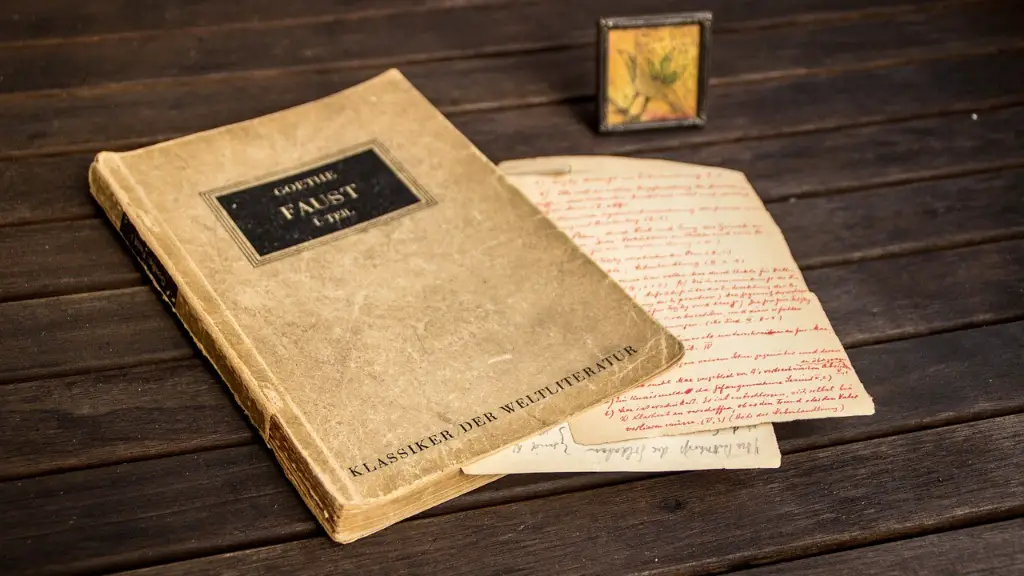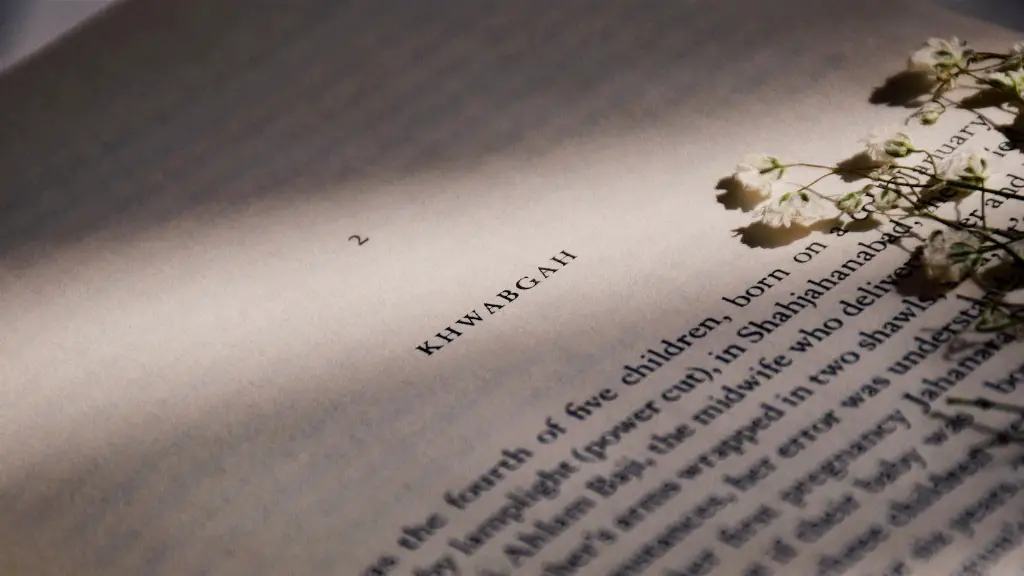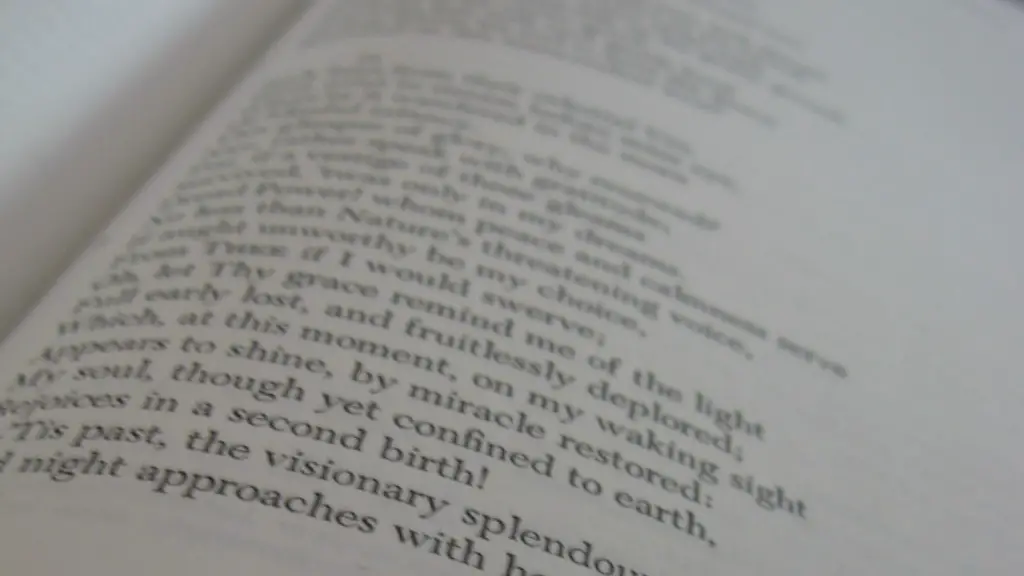Understanding the Basics of Metre in Poetry
Metre is one of the essential elements of poetry and can help create beautiful imagery and rhythm. It is the pattern of stressed and unstressed syllables that determines the rhythm and metre of a poem. By understanding the basics of metre, it is possible to identify the metre of a poem.
Definition of Metre in Poetry
In poetry, metre is defined as a regular pattern of stressed and unstressed syllables. This is usually indicated by the use of different types of feet in the poem. For example, iambs and dactyls are common types of feet used in poetry. Iambic metre consists of alternating unstressed and stressed syllables, while dactylic metre consists of a long syllable followed by two short syllables. By understanding the different types of feet, it is possible to identify the metre of a poem.
Analyzing Text for Metre
When analyzing the text for metre, it is important to look at how words are stressed within the lines. By looking closely at how individual words are arranged within a line and how they are stressed, it is possible to identify the metre of a poem. In iambic metre, there can be two or three syllables between each stressed syllable. In dactylic metre, there can be three or four between each long syllable.
Analyzing a Poem for Metre
The best way to analyze a poem for metre is to read it aloud. This will help to emphasize the stresses within the poem, making it easier to identify the metre. It is also important to pay attention to the structure of the poem and how it is divided into lines. The pattern of the poem should follow a consistent metre, as long as it is not interrupted by a break in the pattern.
Identifying Metrical Variance
Sometimes, a poem may contain irregular metre or metrical variance. This is when a poem deviates from the expected metre in order to create a certain effect. By paying attention to the context of the poem and the words used, it is possible to identify the metres that are being used in the poem.
Metre in Free Verse Poetry
Poems that do not follow a regular pattern of metre are known as free verse poems. In free verse, the metre depends on the line breaks and the pattern of stressed and unstressed syllables. By examining the metre of a free verse poem, it is possible to identify a pattern, even if it is slightly irregular.
The Importance of Metre in Poetry
Metre is an important aspect of poetry and can help to bring out the emotion and rhythm of a piece of writing. By understanding the basics of metre, it is possible to identify the metre of a poem and appreciate the craftsmanship of the poet.
How to Practice Metric Analysis
Metric analysis is an important skill for anyone who is interested in studying or appreciating poetry. To practice, identify some of your favourite poems and analyze them for metre. Try to identify any metrical variance, as well as the regular metre used in the poem. Reading aloud and emphasizing the stresses can also be an effective way to practice metric analysis.
Analyzing the Poet’s Intention
When analyzing a poem for metre, it is important to think about the poet’s intention. Try to think about why the poet chose to use a particular metre, and what effect this has on the poem. Metre can often be used to emphasize the emotions within a poem and create a certain atmosphere.
Interpreting the Metric Patterns
Once a metre has been identified in a poem, it is important to try and interpret the patterns used by the poet. Consider how they shape the poem and how they contribute to its overall rhythm and emotion. Pay attention to where the stresses occur and how these stresses are used to emphasize certain words or ideas.
Recognizing Unusual Metres
It is also important to be aware that some poems may contain unexpected or unusual metres, such as the ballad metre or blank verse. These metres can often be difficult to identify, so it is important to pay close attention to the patterns and look for any irregularities.
Using Scansion to Analyze Metre
Scansion is the method of marking out syllables as stressed or unstressed in order to analyze a poem’s metre. This is an effective way to identify and analyze the metre of a poem, as well as to identify any metrical variance. Scansion can also be used to compare different metres and to identify any irregularities.
Conclusion
In conclusion, understanding the basics of metre and using scansion to analyze it can help to identify the metre of a poem. When analyzing a poem for metre, it is important to consider the context, the poet’s intention, and any irregularities in the poem. By mastering the art of metric analysis, it is possible to appreciate the craftsmanship of a poet and understand the emotion behind a piece of writing.



